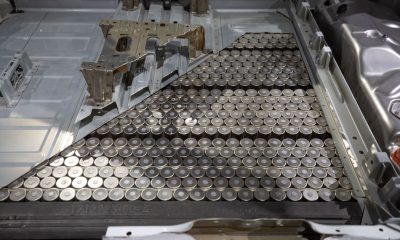News
Panasonic Tesla Sign off on Gigafactory
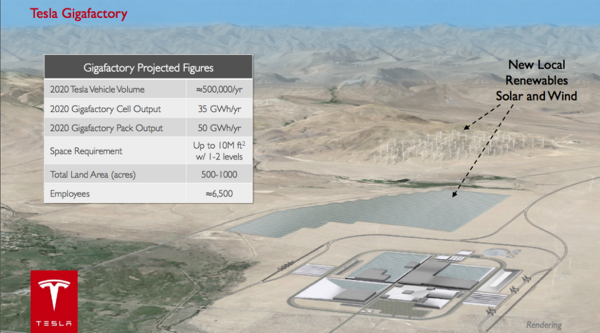
The Nikkei reported the initial and eventual Panasonic investments in Tesla’s Gigafactory, something we have been waiting for some time now. The Panasonic investment in Tesla confirms the long-term strategic partnership between both companies and further boosts Tesla Motors’ credential as a serious carmaker, amongst its many diversified products and services. Panasonic and Tesla Motors finally tie the Gigafactory knot.
Panasonic invest in Tesla’s Gigafactory
 Although the Nikkei is not always the most reliable news source, the impending news that Panasonic would follow Tesla Motors in its Gigafactory venture was to be expected. According to the Nikkei, Panasonic reached a basic agreement to further invest in Tesla Motors’ Gigafactory, while Tesla would shoulder the cost for the land and buildings. The initial investment would be for $200-300 million, but leaves an additional investment open for up to $1 billion if capacity at the factory scales up according to plans. Panasonic already invested $30 million in Tesla Motors back in November of 2010 and a new reworked contract in October 2013 said Panasonic would supply Tesla with 2 billion battery cells between 2014 and 2017. You can do the math to see how many cars Tesla Motors expect to build, if it only uses Panasonic batteries.
Although the Nikkei is not always the most reliable news source, the impending news that Panasonic would follow Tesla Motors in its Gigafactory venture was to be expected. According to the Nikkei, Panasonic reached a basic agreement to further invest in Tesla Motors’ Gigafactory, while Tesla would shoulder the cost for the land and buildings. The initial investment would be for $200-300 million, but leaves an additional investment open for up to $1 billion if capacity at the factory scales up according to plans. Panasonic already invested $30 million in Tesla Motors back in November of 2010 and a new reworked contract in October 2013 said Panasonic would supply Tesla with 2 billion battery cells between 2014 and 2017. You can do the math to see how many cars Tesla Motors expect to build, if it only uses Panasonic batteries.
Tesla Motors and Panasonic Gigafactory, the next Exxon/Mobil?
This leads Seeking Alpha’s Eselkla to ask whether or not Tesla is positioning itself “as a vertically integrated supplier to a new electric economy, much as ExxonMobil (NYSE:XOM) is for oil & gas.” Eselkla concludes that if the report is true, it would put Tesla between one half and three quarters of the way towards making the Gigafactory $4 to $5 billion a reality. That can only mean Tesla’s stocks are about to skyrocket again.
According to BusinessInsider Tesla representative declined to comment on the report, but the news sent its stock up more than 2% today, Monday 27th, 2014. We can expect both companies to make an official announcement before the end of the month, by this week.
The Panasonic Tesla Gigafactory deal
Elon Musk
Tesla makes Elon Musk’s new compensation package official
This is an important thing to note, as much of the media coverage regarding Musk’s pay package seems to indicate that the company and the shareholders are simply giving the CEO the money. He has to come through on each of these tranches to unlock the $1 trillion.
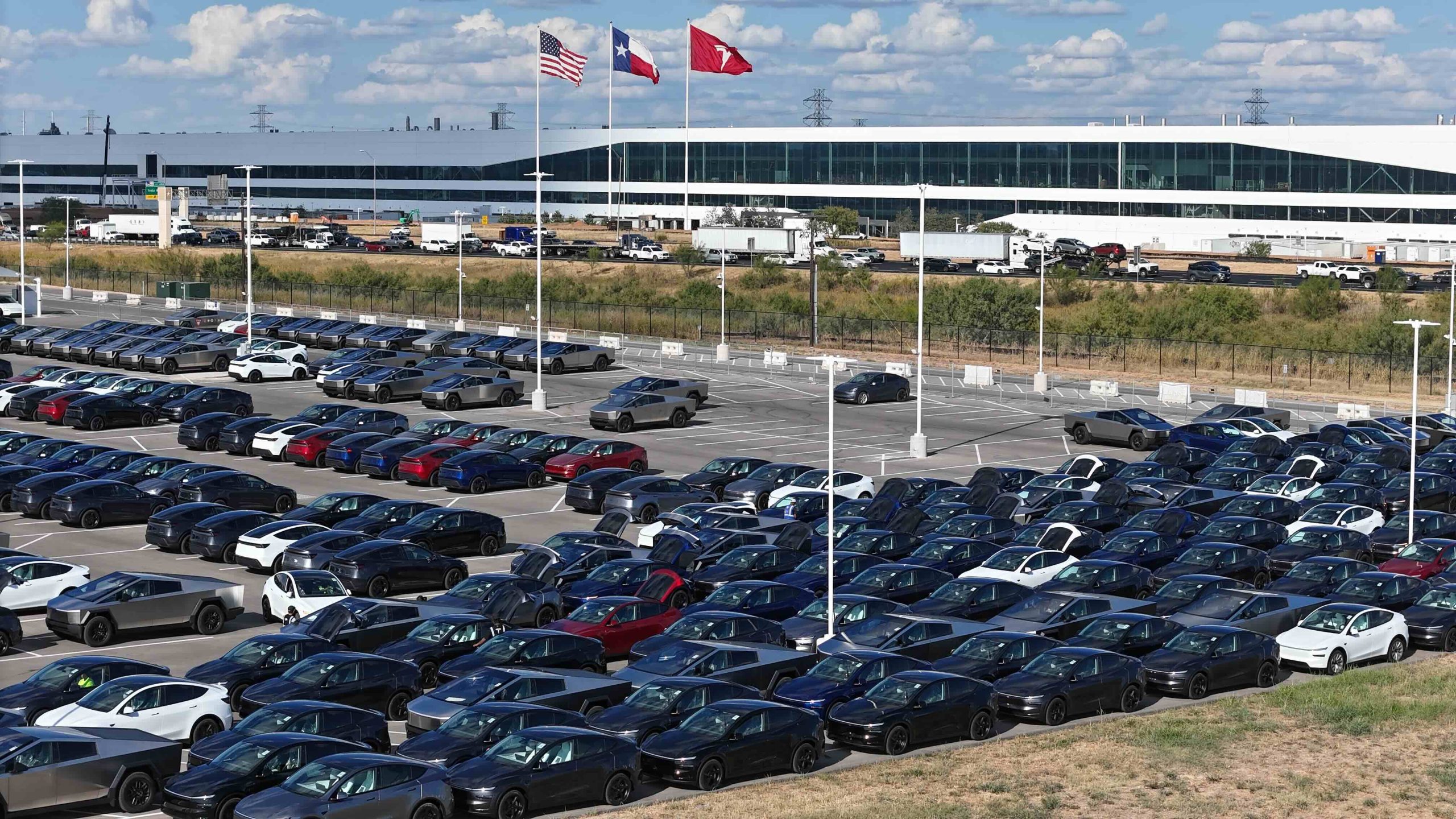
Tesla has made CEO Elon Musk’s new compensation package official, as it filed a Form 4 with the Securities and Exchange Commission (SEC) on Monday.
The package officially gives Musk the opportunity to acquire over 423 million shares of Tesla stock (NASDAQ: TSLA), dependent on his ability to achieve twelve performance-based tranches that will bring growth to the company and its shareholders.
Tesla (TSLA) shareholders officially approve Elon Musk’s 2025 performance award
Musk’s new compensation package was approved by investors last Thursday at the company’s Annual Shareholder Meeting, as over 75 percent of voters supported the CEO’s new plan, which could be valued at over $1 trillion if he is able to come through on all twelve tranches.
The twelve tranches include growth goals related to vehicle deliveries, the Optimus humanoid robot project, and Tesla’s valuation. If Musk is able to achieve each tranche, he would help Tesla achieve an over $8 trillion market cap.
The 12 tranches include:
-
$2 trillion market cap + Deliver 20 million Tesla vehicles cumulatively
-
$2.5 trillion market cap + Reach 10 million active Full Self-Driving (FSD) subscriptions
-
$3 trillion market cap + Deliver 1 million Optimus humanoid robots
-
$3.5 trillion market cap + Operate 1 million Robotaxis commercially
-
$4 trillion market cap + Hit $50 billion in adjusted EBITDA (earnings before interest, taxes, etc.)
-
$4.5 trillion market cap + Hit $80 billion in adjusted EBITDA
-
$5 trillion market cap + Hit $130 billion in adjusted EBITDA
-
$5.5 trillion market cap + Hit $210 billion in adjusted EBITDA
-
$6 trillion market cap + Hit $300 billion in adjusted EBITDA
-
$6.5 trillion market cap + Hit $400 billion in adjusted EBITDA
-
$7.5 trillion market cap + Hit $400 billion in adjusted EBITDA for four straight quarters in a row
-
$8.5 trillion market cap + Hit $400 billion in adjusted EBITDA for four straight quarters in a row
Achieving the twelve levels of the new compensation package would also give Musk what he’s really after: a larger ownership share in Tesla, which would help him achieve more control, something he feels is necessary for the rollout of the Optimus robot “army.”
Musk does not earn a dime if he does not achieve any of the tranches above.
This is an important thing to note, as much of the media coverage regarding Musk’s pay package seems to indicate that the company and the shareholders are simply giving the CEO the money. He has to come through on each of these tranches to unlock the $1 trillion.
News
Tesla provides vehicles for German firefighters’ EV training program
The sessions were aimed at improving emergency services for accidents involving electric vehicles.
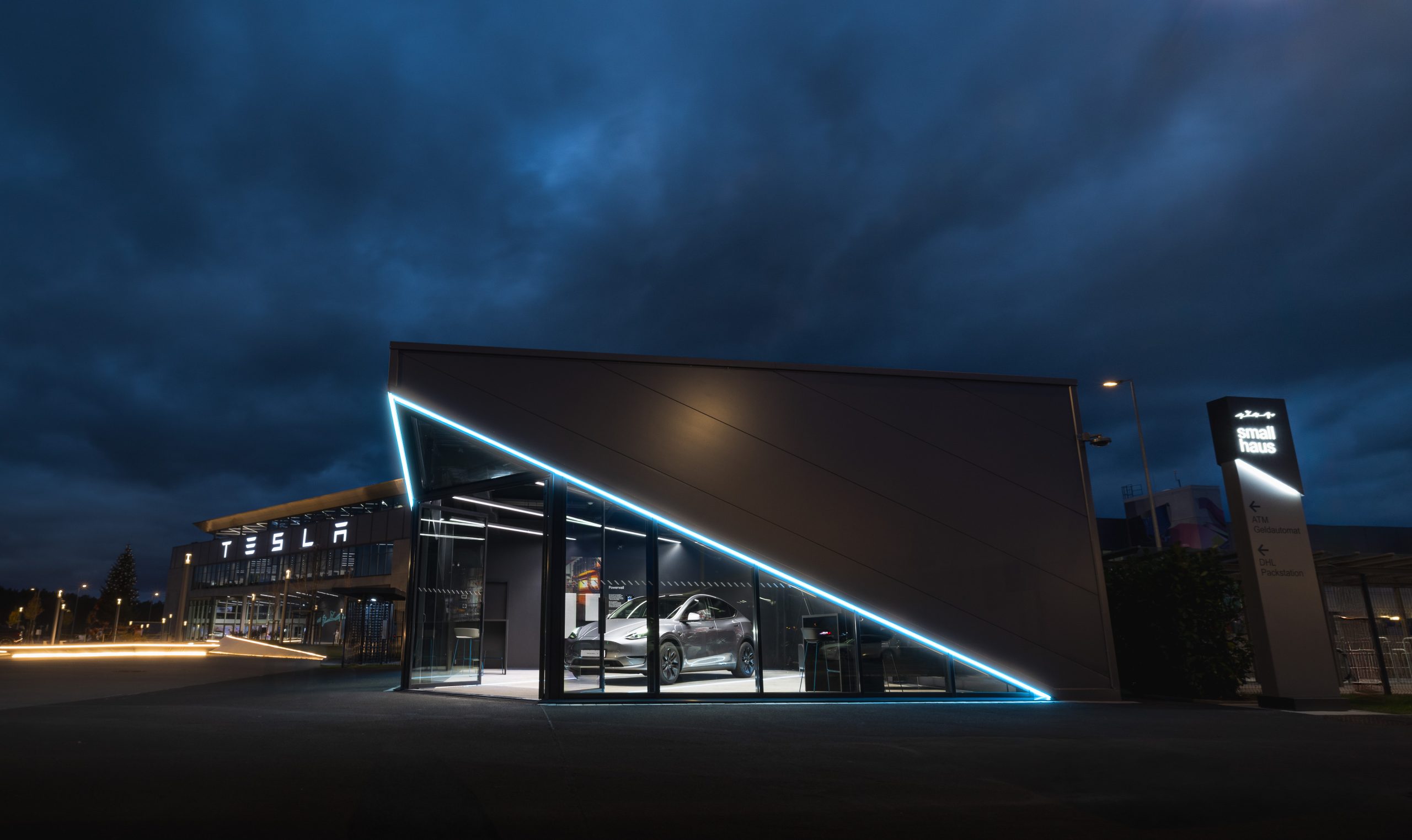
Firefighters from across Germany recently gathered at Tesla Gigafactory Berlin-Brandenburg to practice emergency procedures on electric vehicles. The first training session last weekend focused on dismantling Tesla vehicles using spreaders, shears, and saws, giving responders hands-on experience with modern EV construction and safety features.
The sessions were aimed at improving emergency services for accidents involving electric vehicles, which, while less likely to catch fire than conventional cars, require special handling.
Challenges for first responders
During the exercises, firefighters discovered that Tesla vehicles’ sturdy, unified body panels, which are among the reasons why they are among the safest cars on the road, made cutting doors and roofs more difficult than in older vehicles, as noted in an rbb24 report.
“It was a real eye-opener,” firefighter Martin Haschick said, adding that his first attempt showed him “how not to do it, because we are also trained on older vehicles, and that took longer than I expected.” Tesla trainers demonstrated proper techniques to safely dismantle vehicles, emphasizing differences between older combustion-engine cars and today’s EVs.
Patrick Fath, head of the Tesla plant fire brigade, explained that hands-on experience with current EVs is critical, as scrap cars typically used in training do not reflect modern material strengths or technological design.
“They naturally have a completely different level of technology and different material strengths. But what can happen to us in everyday life – on the highway, on the roads, involves modern vehicles,” Fath stated.
Future training programs
Tesla plans to continue offering training for regional fire departments and state fire service schools, with the Brandenburg Ministry of the Interior observing the initial sessions to provide feedback. Exercises currently avoid live fires or fluid leaks due to the factory’s location in a drinking water protection zone. Tesla covers the costs of these programs, aiming to enhance first responders’ knowledge of modern EV safety and accident procedures.
In a comment, Fath highlighted that electric vehicle fires should not be too much of a problem, considering that the vehicles don’t catch fire as often as their combustion-powered counterparts. “Studies and experience from recent years have already shown that electric vehicles catch fire far less often than conventional vehicles. We have far fewer flammable materials, no gasoline or diesel tank, and therefore fewer ignition sources,” Fath stated.
Authorities have announced similar conclusions. The German Insurance Association (GDV) has confirmed that EVs catch fire significantly less often than combustion-powered cars, with statistics showing that around 14,200 vehicles caught fire in Germany in 2023. At the time, no higher fire risk was found in EVs. Data from the US National Transportation Safety Board (NTSB) from 2024 also showed that about 25 out of 100,000 EVs catch fire, which is notably fewer than the 1,530 out of 100,000 combustion-powered vehicles that catch fire.
Elon Musk
SpaceX’s next project will produce Starships at a level that sounds impossible
1,000 rockets per year is an insane number, especially considering Starship’s sheer size.

Elon Musk has revealed bold plans for SpaceX’s newest Starbase facility in Texas, predicting it will become a birthplace for “so many spaceships.” The upcoming “Gigabay,” a massive $250 million production hub in Starbase, Texas, is designed to manufacture up to 1,000 Starship rockets per year.
That’s an insane number of rockets for a single facility, especially considering Starship’s sheer size.
One of the world’s largest industrial structures
SpaceX’s Gigabay is expected to stand roughly 380 feet tall and enclose 46.5 million cubic feet of interior space, making it one of the largest industrial structures to date. The facility will feature 24 dedicated work cells for assembling and refurbishing Starship and Super Heavy vehicles, complete with heavy-duty cranes capable of lifting up to 400 U.S. tons, as noted in a Times of India report.
Construction crews have already placed four tower cranes on-site, with completion targeted for December 2026. Once operational, the Gigabay is expected to boost SpaceX’s launch cadence dramatically, as it would be able to build up to 1,000 reusable Starships per year, as noted in a report from the Dallas Express. Musk stated that the Gigabay will be “one of the biggest structures in the world” and hinted that it represents a major leap in Starbase’s evolution from test site to full-scale production hub.
A key step toward Mars and beyond
Starship is SpaceX’s heavy-lift rocket system, and it remains a key part of Elon Musk’s vision of a multiplanetary future. The vehicle can carry 100–150 tonnes to low Earth orbit and up to 250 tonnes in expendable mode. With several successful flights to date, including a perfect 11th test flight, the Starship program continues to refine its reusable launch system ahead of crewed lunar missions under NASA’s Artemis initiative.
Starship is unlike any other spacecraft that has been produced in the past. As per Elon Musk, Starship is a “planet-colonizer” class rocket, as the magnitude of such a task “makes other space transport task trivial.” Considering Starship’s capabilities, it could indeed become the spacecraft that makes a Moon or Mars base feasible.
-

 News4 days ago
News4 days agoTesla shares rare peek at Semi factory’s interior
-

 Elon Musk4 days ago
Elon Musk4 days agoTesla says texting and driving capability is coming ‘in a month or two’
-

 News3 days ago
News3 days agoTesla makes online ordering even easier
-

 News3 days ago
News3 days agoTesla Model Y Performance set for new market entrance in Q1
-

 News4 days ago
News4 days agoTesla Cybercab production starts Q2 2026, Elon Musk confirms
-

 News4 days ago
News4 days agoTesla China expecting full FSD approval in Q1 2026: Elon Musk
-

 News5 days ago
News5 days agoTesla Model Y Performance is rapidly moving toward customer deliveries
-
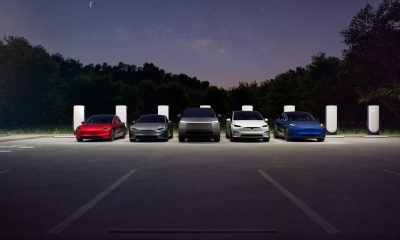
 News2 days ago
News2 days agoTesla is launching a crazy new Rental program with cheap daily rates










